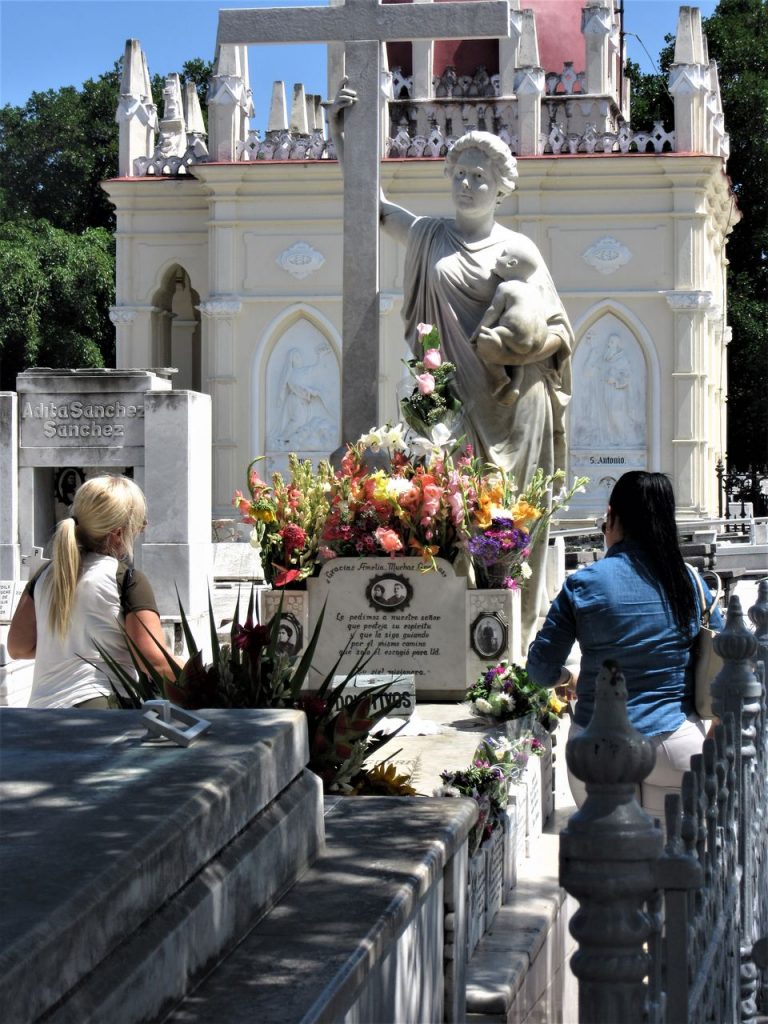


There’s something quite lovely about visiting a cemetery on a clear, 30-degree, blue-sky day in Havana. I’m a great fan of tombstones and would happily spend my holidays going from one graveyard to another but there are limits. I’ve not yet figured exactly why I’m so fascinated but it’s enough that I am. If I’m in company, I settle for one in each city. It’s not for everyone. In addition to commemorating lives spent fruitfully or fruitlessly, cemeteries are outdoor sculpture parks. And very often, the leading local architects have the most interesting graves. It was in a cemetery in Warsaw that I saw my first headstone that listed the profession of the interred – an architect. I think it was in Belgrade that I saw a headstone designed as a futuristic building – again an architect. And in Havana, by far the most eye-catching grave (purely because of its oddity and ungravelikeness) was also that of an architect – José F. Mata. Mata is probably better known as the business partner of one Leonardo Morales y Pedroso – who seems to have won just about every notable commission going in the city.
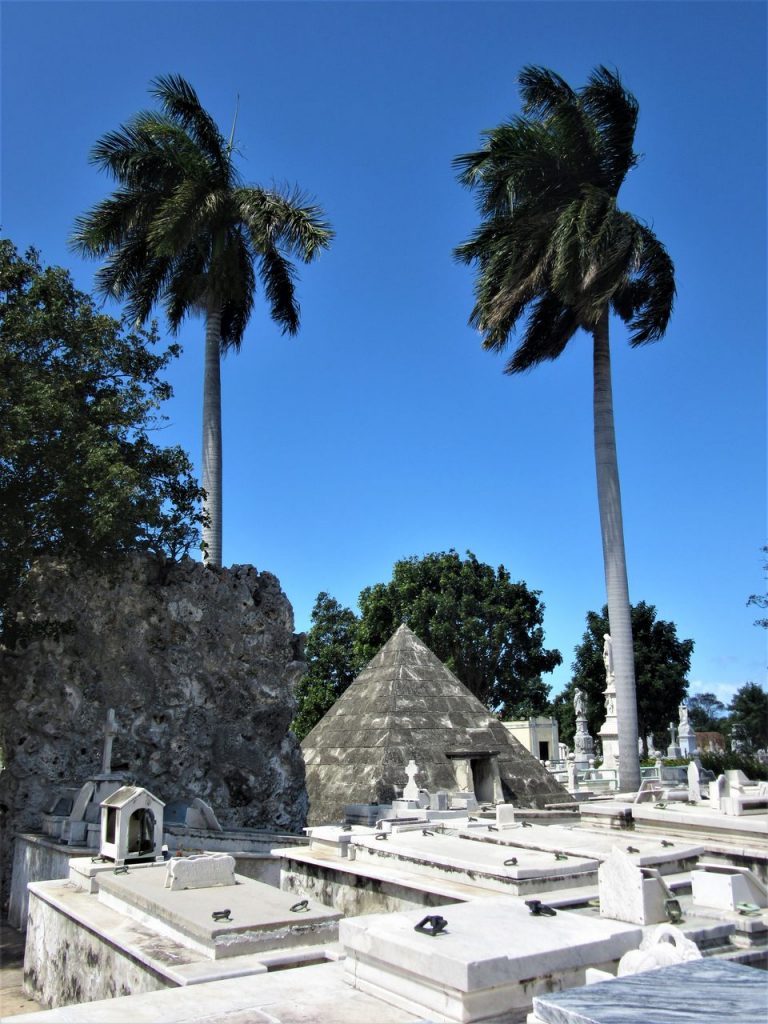
Cementerio de Cristóbal Colón (Christopher Columbus) opened in 1876, its first guest being the architect who designed it: Calixto Arellano de Loira y Cardoso. It’s mapped a little like a small city, sitting on ca. 150 acres, with a main street leading from the gate to a chapel that looks a tad like a miniature Italian d’uomo. It’s off this wide avenue that the main players are buried. The sides streets and less-travelled neighbourhoods are home to those who didn’t quite make the big time. Rank and file still apply in death. Amazing.
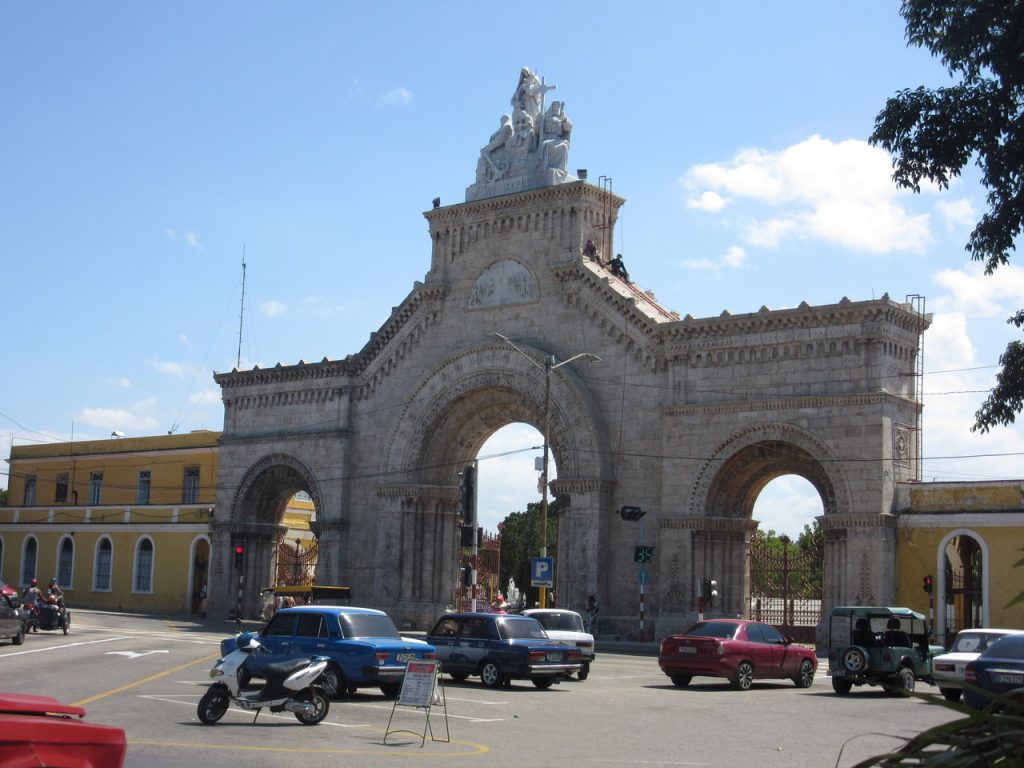
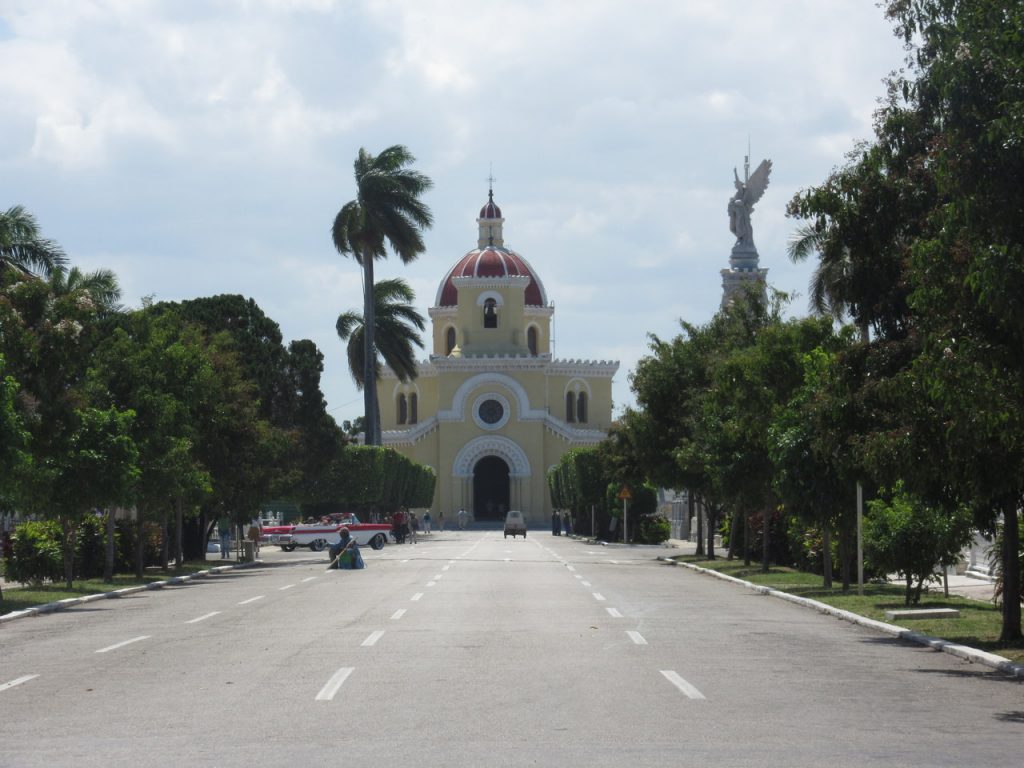
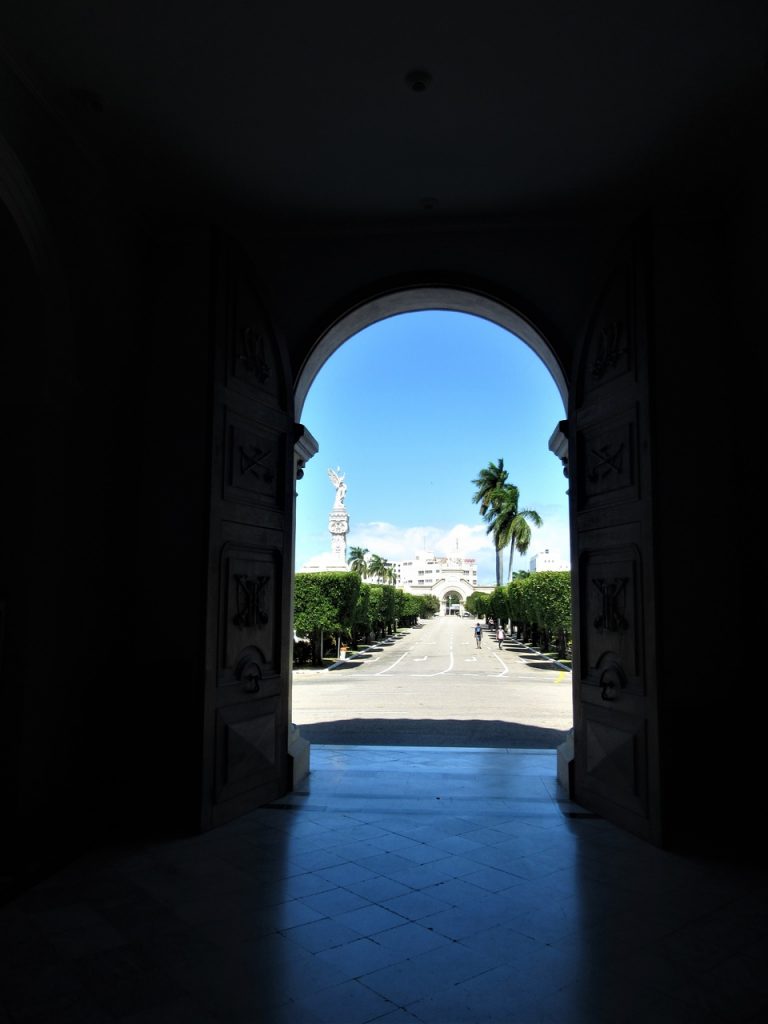
Stats say that more than 1 million people have been laid to rest here (a temporary respite for some, as with space at a premium some bones are being put into storage to make way for newcomers). I can’t quite figure out how the storage system works. Lots of the graves and mausoleums have been abandoned because families are living abroad – so upkeep is obviously a problem. Are those the first to be targeted?
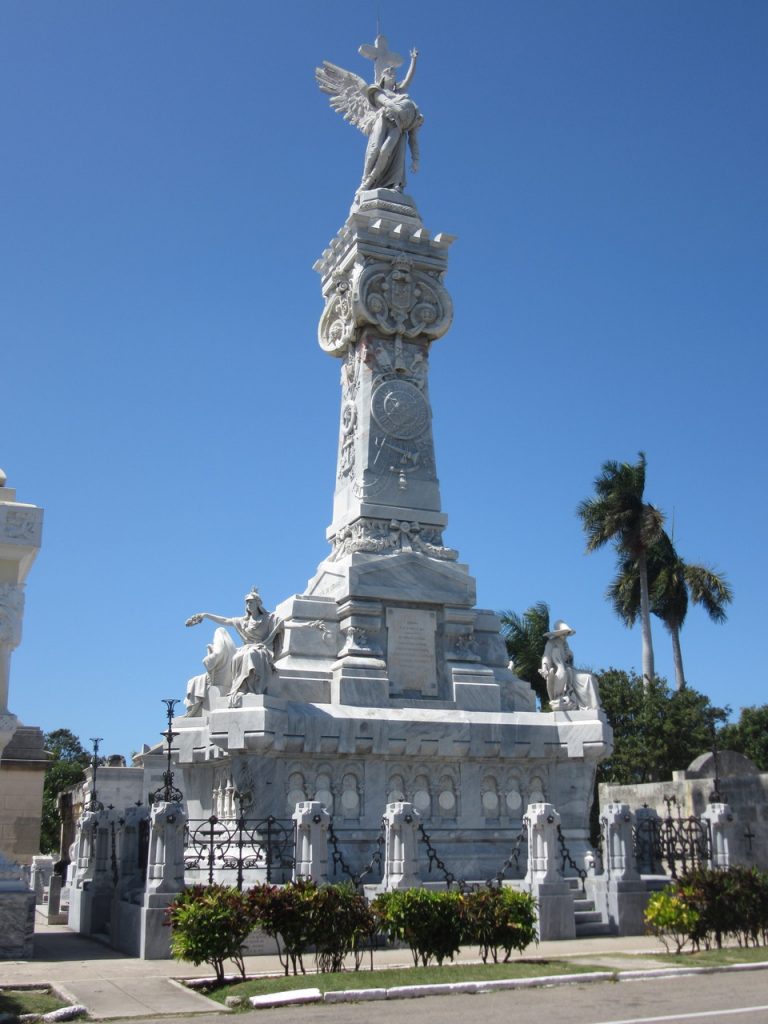
Throughout the city of Havana, you’ll find reference to the great fire of 17 May 1890 and those firefighters who died in an attempt to control it. Here, at Colón, there’s a 75-foot-tall memorial to those men, the hanging pods on the chain-link surround representing the tears shed when they died. It’s quite something.
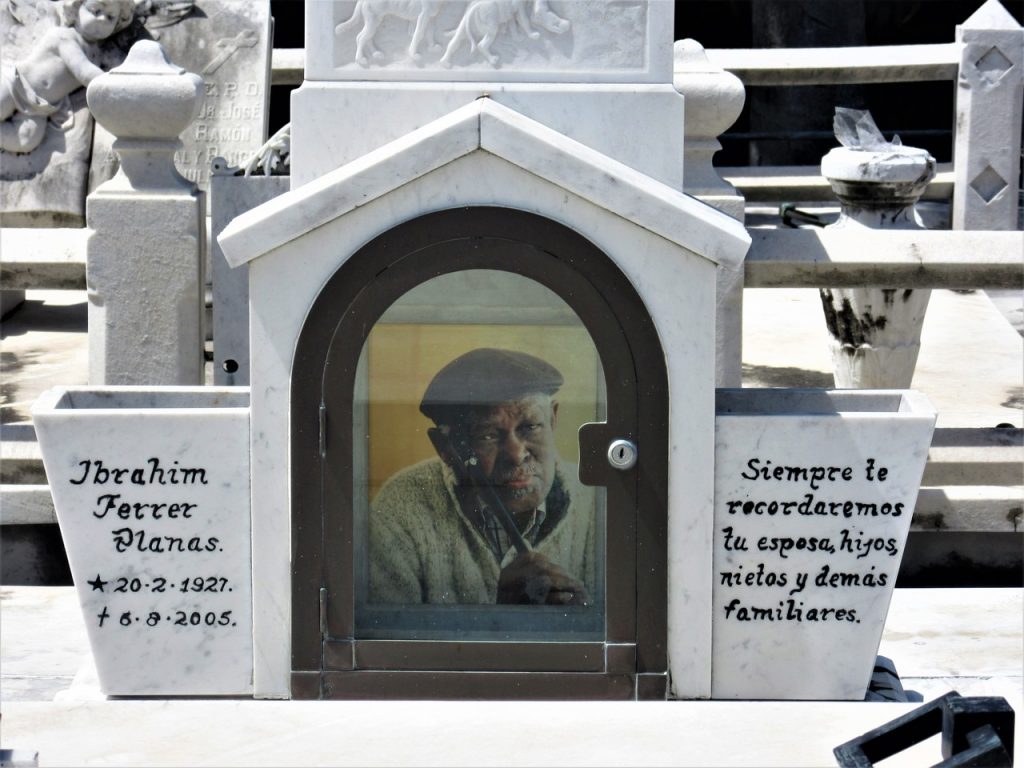 I had only one visit on my list (because I was ill=prepared and didn’t do my homework). It was to pay my respects to Ibrahim Ferrer Planas, a member of the original Buena Vista Social Club. A worker spotted us looking and took it upon himself to give an impromptu, and unsolicited tour, for which he expected €5, the same as the entrance fee. From all I understand, this expectation is new – in its infancy – and can even be timed to the arrival of the first cruise ship last year. But hey – we only had 3CUC between us and it was that or a smile. He got both.
I had only one visit on my list (because I was ill=prepared and didn’t do my homework). It was to pay my respects to Ibrahim Ferrer Planas, a member of the original Buena Vista Social Club. A worker spotted us looking and took it upon himself to give an impromptu, and unsolicited tour, for which he expected €5, the same as the entrance fee. From all I understand, this expectation is new – in its infancy – and can even be timed to the arrival of the first cruise ship last year. But hey – we only had 3CUC between us and it was that or a smile. He got both.
Had I done my homework, I’d have spent more time looking for photographer Alberto Korda’s grave (1928–2001). I love his work. He took the iconic photo of Ché titled Guerrillero Heroico that Irish artist Jim Fitzpatrick used for his equally iconic facial caricature used on t-shirts the world over.
I’d also have taken the time to search out socialite Mary McCarthy Gomez Cueto (1900–2009), the Canadian widow of a wealthy Cuban businessman who died in poverty. Back in the day, Frank Sinatra was a neighbour. She refused to leave Cuba and couldn’t get at her money because of the US embargo after the Communist takeover. She lived on a tiny pension and died at 108, buried alongside her husband. Quite the gal. And her dad was Irish.
Although confined to a wheelchair after breaking a hip in 2002, she continued to wear a satin dress, silk blouse, chiffon scarf and lipstick for her stream of visitors, just as she had done in the days when she helped to found the Havana Philharmonic Orchestra and danced at the Havana yacht club. But she was reduced to wearing plastic pearls and earrings instead of the jewellery which, along with three gold rosaries, was in the First National Bank in Boston; and she was keenly aware that the joy had gone out of Havana, even if there was full employment.
And I’d have dropped by and said hello to William Lee Brent, an American in exile in Cuba for 37 years – and a member of the Black Panthers. He hijacked a passenger plane in 1969 from Oakland, CA, and diverted it to Cuba where he defected, because Cuba…
had eliminated racism and welcomed all revolutionaries, regardless.
They jailed him for 22 months thinking he just might be a spy. Some guys just can’t catch a break, eh. His biography is now on my list of books to read. Fascinating.
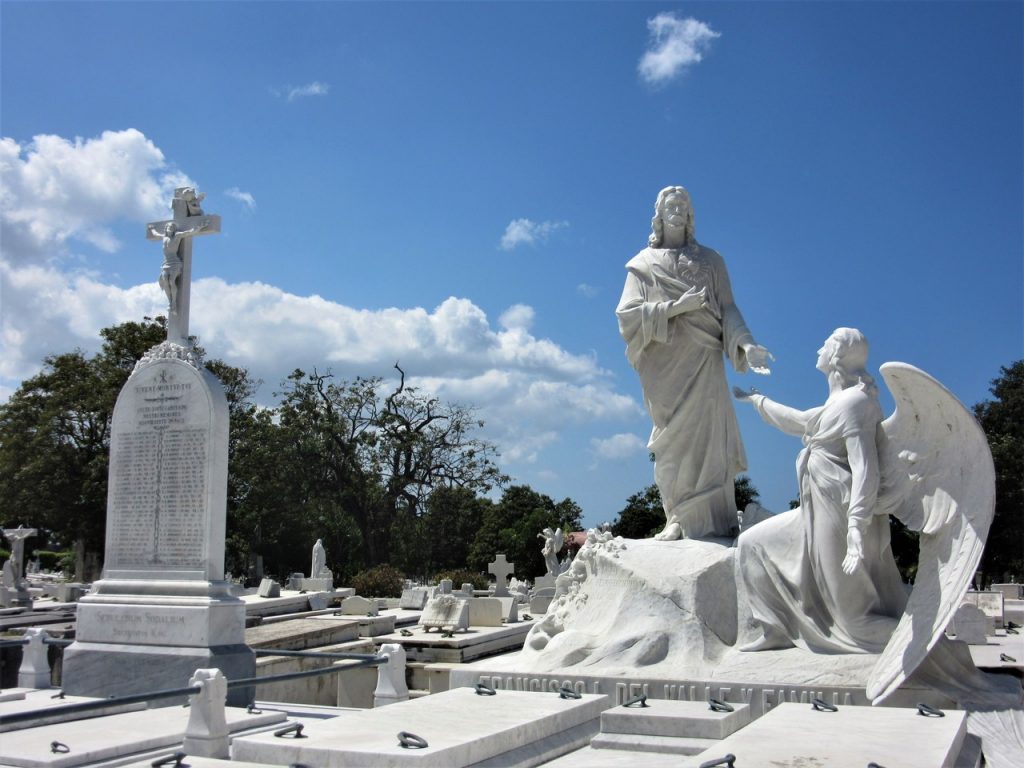
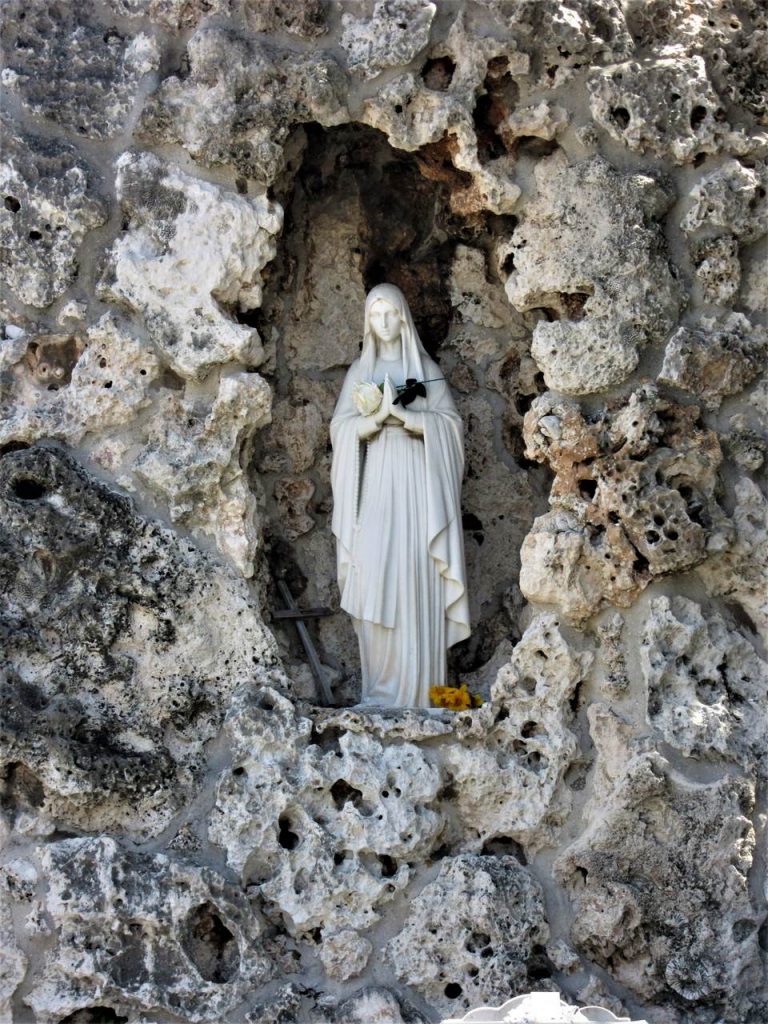
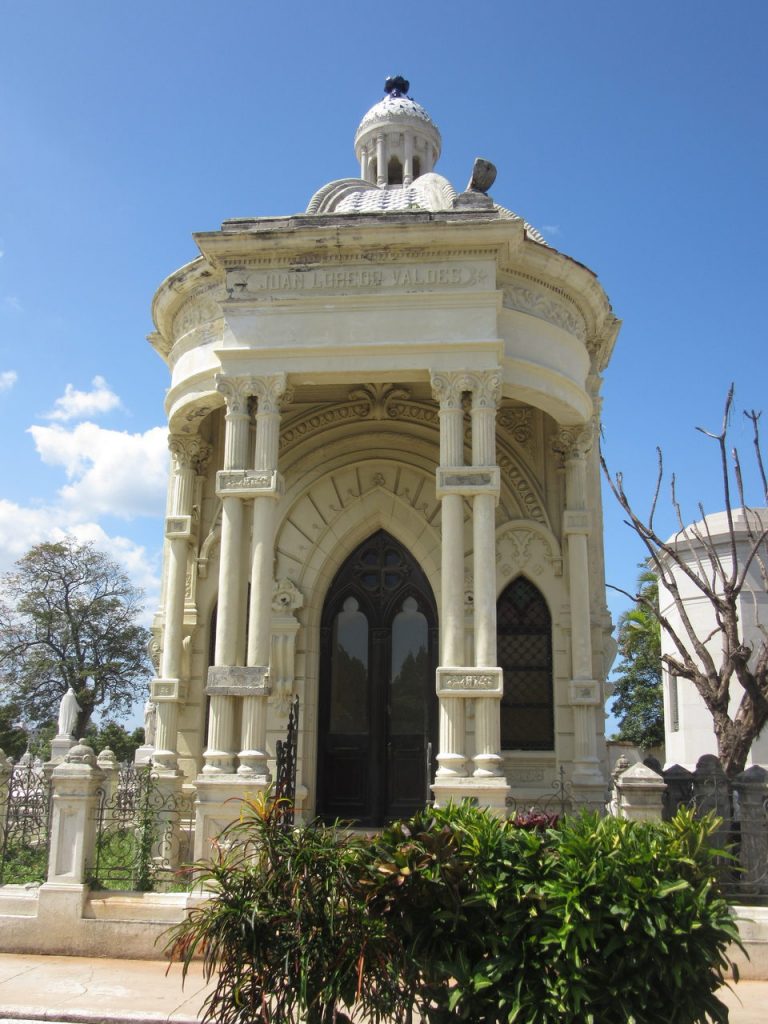
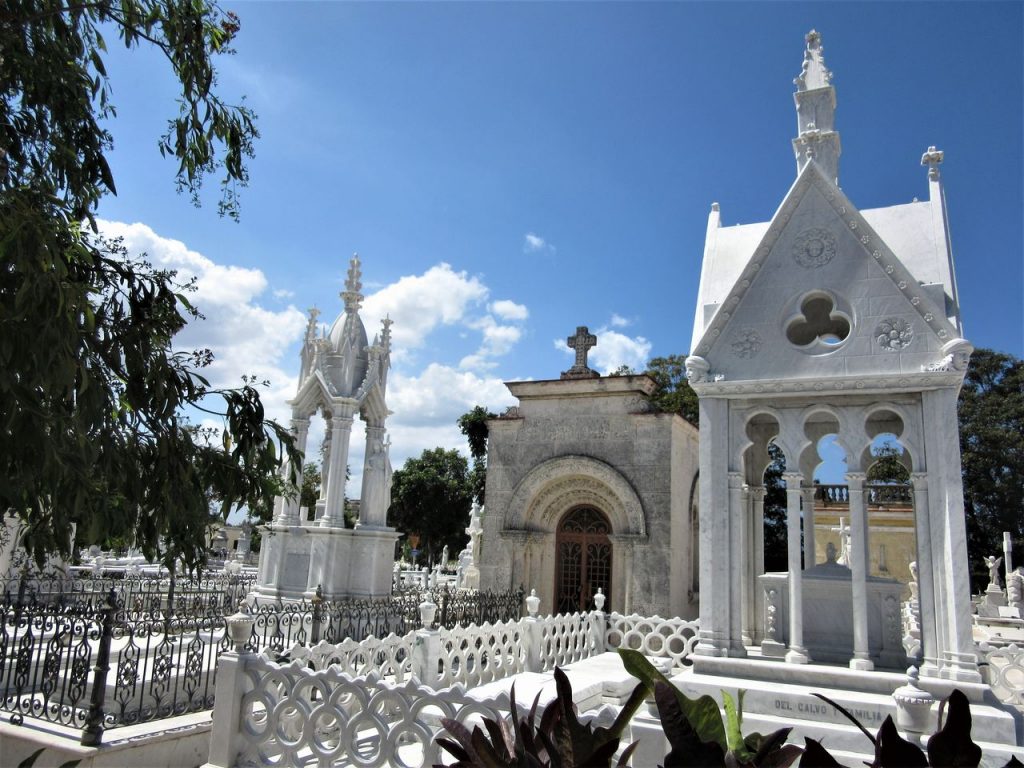
But the grave that gets the most attention is one of Amelia Goyri, perhaps better known as La Milagrosa (the Miraculous). She died while giving birth back on 3 May 1903. She was just 23. Her husband José Vicente Adot y Rabell was distraught. He believed that she was simply sleeping. He visited the grave every day for years, each time knocking on it three times to wake her up. The story has it that she was buried with her baby at her feet yet when the remains were exhumed (not sure why), Amelia was intact and was now holding her baby son in her arms.
As the story spread and more and more people came to visit Amelia, Cuban sculptor José Vilalta Saavedra turned a piece of Carrara marble into a life-size statue of a young woman. Her left arm holds a baby. Her right arm rests on a cross, something that apparently signifies a sacrifice.
While we were there, there was a steady stream of visitors, each one knocking on the grave three times, and then walking backwards away from it, as Amelia’s husband is said to have done, so that he could keep her in sight for as long as possible. Today, visitors pray to her to protect their kids, they pray for a safe childbirth, they pray to defy the biological odds and have children of their own.
I didn’t know this then, but I knocked. And I prayed. And I walked away backwards. Relax… I said a prayer of thanks, yet again, for the blessed life I lead, for the places I get to visit, and for the people I get to meet along the way. For all this, I’m truly grateful.
